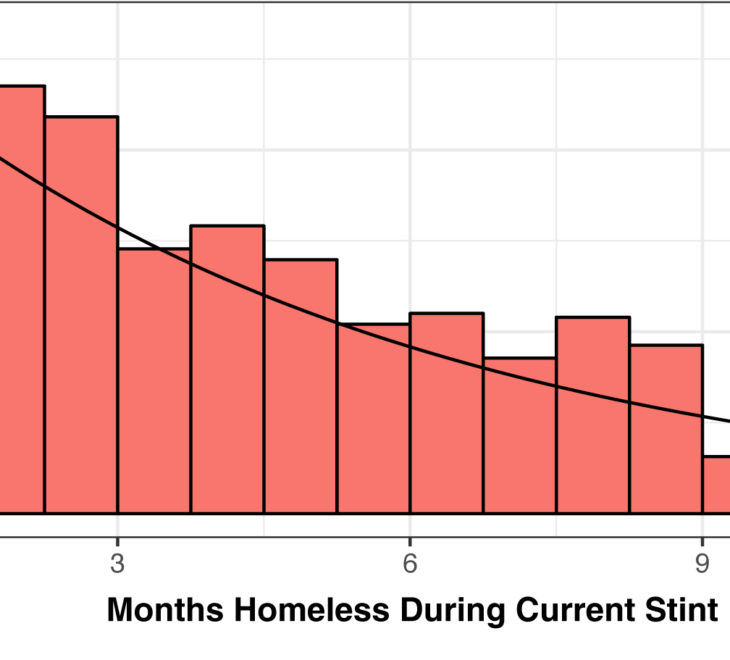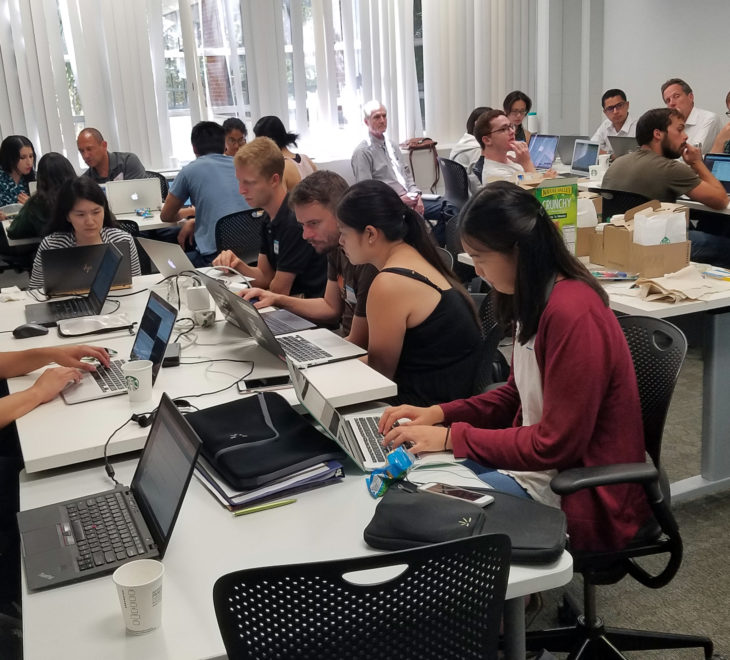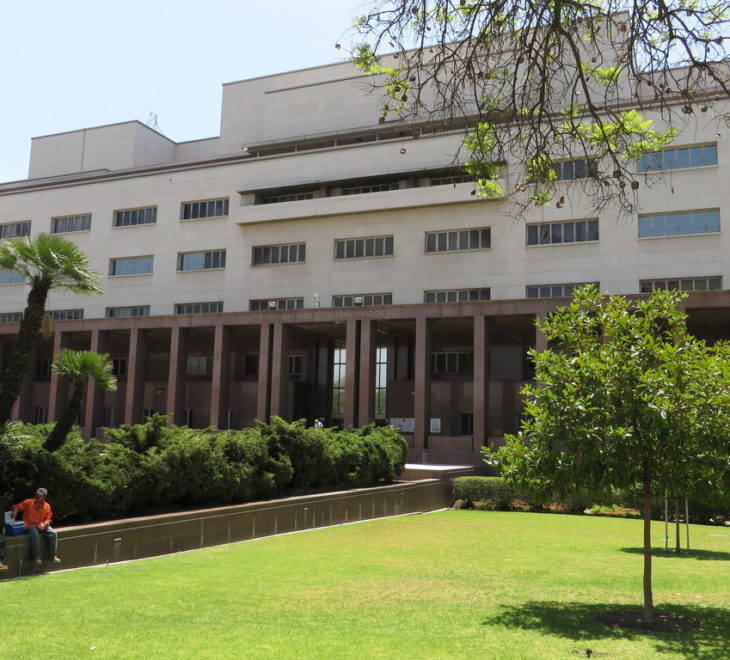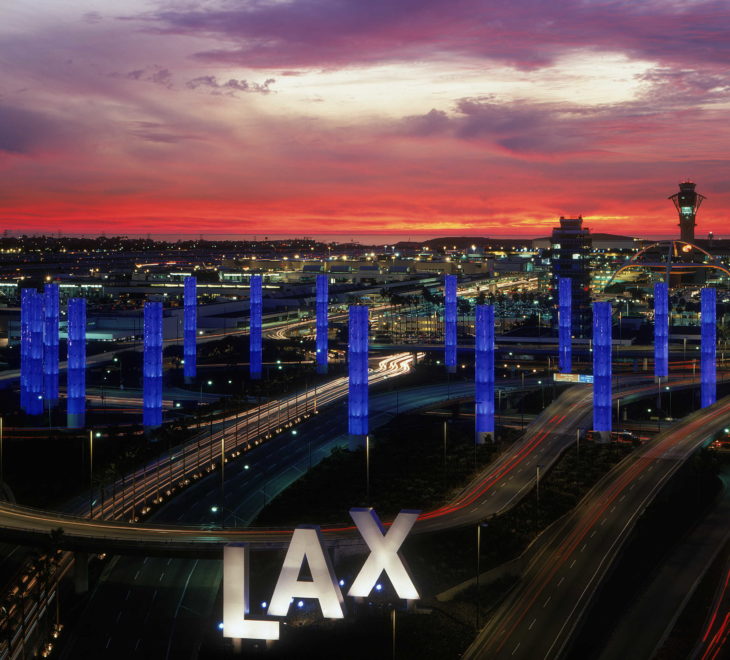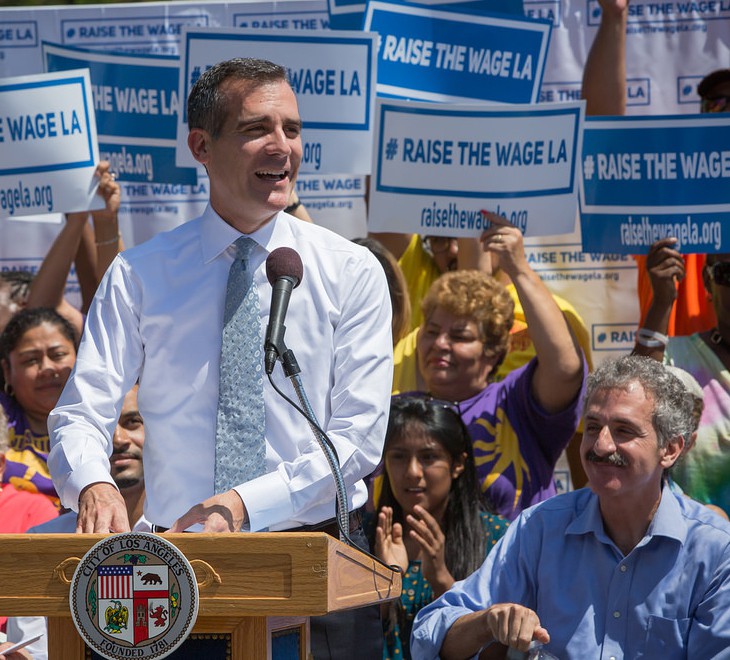Terminal companies in the San Pedro Bay that are under the control of three international shipping alliances control 81 percent of the containers transported through the Ports of Los Angeles and Long Beach in 2021. Three-quarters of the containers leaving the ports are empty, holding nothing from California except air.
Ports should be two-way gates – goods enter and they leave. But in the San Pedro Bay, foreign shippers kicked the gate until it broke – goods are coming in but not going out, harming the environment and the economy.
Despite American technological excellence, California imported 25 to 35 times more industrial machinery, electrical equipment, and instruments than we exported. The challenge for the ports is to ensure that transportation logistics create as much benefit as possible and as little loss as possible for California workers and their communities.
Foreign owners failed to pay an estimated $279 million uncompensated public costs in 2021 from 6.7 billion-ton miles travelled by trucks leaving the San Pedro Bay Ports carrying imported containers. Negative impacts on port and regional communities need to be offset by increasing the economic benefits generated by the ports.
Rebalancing California’s interests against the interests of foreign shippers means protecting dock jobs, which are the primary remaining benefit for port cities. It also means using the ports’ logistical assets to support reshoring of critical manufacturing industries that align with U.S. “super preferences” for domestic technology and the recently invoked Defense Production Act to accelerate clean energy manufacturing.



